#american lawns
Text
this is your spring time reminder that weeds inherently aren’t real
4 notes
·
View notes
Text
What i've been learning thru my research is that Lawn Culture and laws against "weeds" in America are deeply connected to anxieties about "undesirable" people.
I read this essay called "Controlling the Weed Nuisance in Turn-of-the-century American Cities" by Zachary J. S. Falck and it discusses how the late 1800's and early 1900's created ideal habitats for weeds with urban expansion, railroads, the colonization of more territory, and the like.
Around this time, laws requiring the destruction of "weeds" were passed in many American cities. These weedy plants were viewed as "filth" and literally disease-causing—in the 1880's in St. Louis, a newspaper reported that weeds infected school children with typhoid, diphtheria, and scarlet fever.
Weeds were also seen as "conducive to immorality" by promoting the presence of "tramps and idlers." People thought wild growing plants would "shelter" threatening criminals. Weeds were heavily associated with poverty and immortality. Panic about them spiked strongly after malaria and typhoid outbreaks.
To make things even wilder, one of the main weeds the legal turmoil and public anxiety centered upon was actually the sunflower. Milkweed was also a major "undesirable" weed and a major target of laws mandating the destruction of weeds.
The major explosion in weed-control law being put forth and enforced happened around 1905-1910. And I formed a hypothesis—I had this abrupt remembrance of something I studied in a history class in college. I thought to myself, I bet this coincides with a major wave of immigration to the USA.
Bingo. 1907 was the peak of European immigration. We must keep in mind that these people were not "white" in the exact way that is recognized today. From what I remember from my history classes, Eastern European people were very much feared as criminals and potential communists. Wikipedia elaborates that the Immigration Act of 1924 was meant to restrict Jewish, Slavic, and Italian people from entering the country, and that the major wave of immigration among them began in the 1890s. Almost perfectly coinciding with the "weed nuisance" panic. (The Immigration Act of 1917 also banned intellectually disabled people, gay people, anarchists, and people from Asia, except for Chinese people...who were only excluded because they were already banned since 1880.)
From this evidence, I would guess that our aesthetics and views about "weeds" emerged from the convergence of two things:
First, we were obliterating native ecosystems by colonizing them and violently displacing their caretakers, then running roughshod over them with poorly informed agricultural and horticultural techniques, as well as constructing lots of cities and railroads, creating the ideal circumstances for weeds.
Second, lots of immigrants were entering the country, and xenophobia and racism lent itself to fears of "criminals" "tramps" and other "undesirable" people, leading to a desire to forcefully impose order and push out the "Other." I am not inventing a connection—undesirable people and undesirable weeds were frequently compared in these times.
And this was at the very beginnings of the eugenics movement, wherein supposedly "inferior" and poor or racialized people were described in a manner much the same as "weeds," particularly supposedly "breeding" much faster than other people.
There is another connection that the essay doesn't bring up, but that is very clear to me. Weeds are in fact plants of the poor and of immigrants, because they are often medicinal and food plants for people on the margins, hanging out around human habitation like semi-domesticated cats around granaries in the ancient Near East.
My Appalachian ancestors ate pokeweed, Phytolacca americana. The plant is toxic, but poor people in the South would gather the plant's young leaves and boil them three times to get the poison out, then eat them as "poke salad." Pokeweed is a weed that grows readily on roadsides and in vacant lots.
In some parts of the world, it is grown as an ornamental plant for its huge, tropical-looking leaves and magenta stems. But my mom hates the stuff. "Cut that down," she says, "it makes us look like rednecks."
9K notes
·
View notes
Text
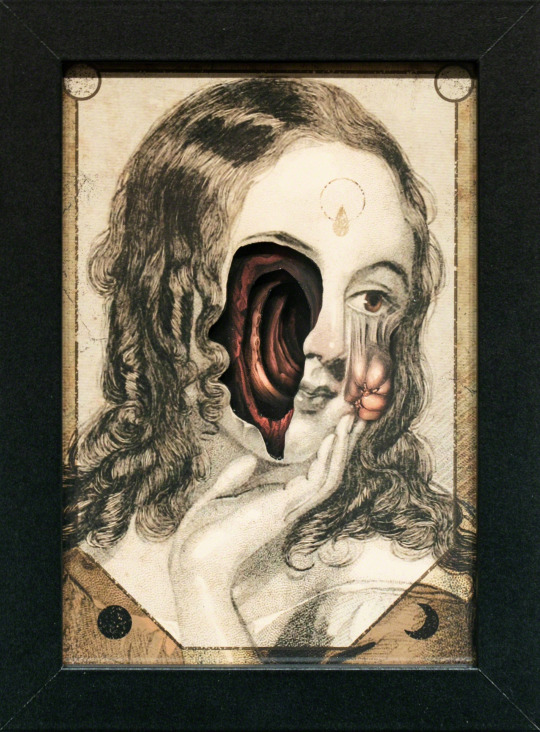
“TUNNEL: XI” // 2019
ALEX ECKMAN-LAWN
[layered cut paper/collage | 7 3/4 × 5 3/4"]
289 notes
·
View notes
Text
ppl reviewing anti lawn books on goodreads and going "this is preachy" yeah its about a political movement what do you want. are they supposed to NOT advocate for their beliefs
#im getring nervous bc im writing the longest ever video essay that is a persuasive essay for the anti lawn movement#and i already overexplain shit sm#and in real life ppl r ususlaly receptive to my evangelicalizing of these beleifs#but on the internet ppl are mean. i dont want ppl to be mean to me. i just have strong opinions#also ok. american green is a great book and i find it annoying how its a Centrist Take That Acknowledges Both Perspectives on the basis that#sometimes it is jusy sooooo Obnoxiously Centrist#but it IS good to have both perspectives#but then at the end hes like ' and the ppl who wrote the landscaping revolution are CRAZY bc they think this is a moral issue '#and its like YOU DONT???? YOU RECOUNTED ALL THAT INFO AND YOU DONT. THINK THIS IS A MORAL ISSUE#HWAT???#the qhole book makes it Very Clear that anti lawn is the way to go just from Objective Facts#and then hes like 'and both sides suck!!! im better than them because im Neutral' and its like. did you read your own book man?
35 notes
·
View notes
Text

1957 Fairbanks Morse Lawnmower
#1957#Fairbanks#Morse#mower#Lawn#lawnmower#vintageadsmakemehappy#vintage magazine#vintage advertising#magazine#advertising#1950s#50s#american
48 notes
·
View notes
Text

If you have a manual push mower today, it likely uses design elements from 19th Century Black American inventor John Albert Burr's patented rotary blade lawn mower.
On May 9, 1899, John Albert Burr patented an improved rotary blade lawn mower. Burr designed a lawn mower with traction wheels and a rotary blade that was designed to not easily get plugged up from lawn clippings. John Albert Burr also improved the design of lawn mowers by making it possible to mow closer to building and wall edges. You can view U.S. patent 624,749 issued to John Albert Burr.
#John Albert Burr#improved#blade lawn mower#push mower#amazing#read about him#he made cutting grass easier#black history#african american history#knowledge is power
90 notes
·
View notes
Note
american aro culture is feeling like you have to have a partner of some kind just because everything is so damn expensive and built under the assumption that you have two people with income :/
.
#Anonymous#aro culture is#aro#aromantic#actually aro#actually aromantic#ask#mod phoenix#american aro culture#usamerican aro culture#fun fact! i pay about as much in monthly rent for my studio with a baby kitchen and bathroom as my sister pays monthly#on her mortgage for her 2 story 3 bedroom 2 bath + full basement with a good size lawn house!#we live a half hour away from each other#shit is fucked#also groceries are expensive when you can't really justify buying in bulk T_T#like i buy big bags of rice but otherwise it's just. a Lot.#shelf stable essentials my beloved. fresh produce that i wish i could justify buying in cost-effective amounts my beloathed#i don't have a good enough kitchen setup to really do much in terms of like. canning or freezing or w/e#i've tried it before with just some basic freezing of peppers but it's just so many spoons when you have 2 tiny ice cube trays#and blanching practically requires you to save a bowl of ice cubes if u don't wanna overcook stuff
126 notes
·
View notes
Text

@kassiekolchek22 @delurkr @mistmoose @ivycross @cupofangst @oblivious-troll-main @somewhereinthepines @myscprin After drawing a young Dar I figured I'd draw a current year version, he'd be in his mid 60s at this point, at least that's where I'd put him 20 years post hoa
#House of ashes#The dark pictures anthology#the dark pictures house of ashes#dar basri#Scars Basri#Elderly Dar should live in the US so he can sit on his porch cursing people out in Arabic#Random American: Mr Basri doesn't like it when people step on his lawn#Dar: insulting their whole bloodline in Arabic#scribblings
23 notes
·
View notes
Text
Meadow 101 - How to Install and Maintain a Beautiful Meadow
As a landscape designer, an increasingly frequent request from clients is getting rid of their lawn and replacing with more natural alternatives, like a pollinator friendly meadow. Water hogging and pesticide laden lawns are being replaced nowadays with different varieties of grasses, flowering plants (weeds!), and other perennials.
Planted meadow surrounding a house
Rewilding is a term that is…

View On WordPress
#american meadows#creating a meadow#creating meadow#installing meadows#meadow#meadow installation#meadow planting#meadow plantings#thyme lawn#turf alternatives
2 notes
·
View notes
Text

Mary Lambert, Shame Is an Ocean I Swim Across; “Why I Slept with Makeup on for Five Years”
#literature#poetry#mary lambert#shame is an ocean i swim across#i have known my body as a plexus of river#a terror that begs to be held#divine‚ glorious selfhood#that long shadow on the lawn#typography#m#x#american lit
33 notes
·
View notes
Note
Suburban Punk
It’s like Cyberpunk but you’re not in a walkable city everything interesting is too far from you. There’s barely any public transit and the bus requires a 20 min walk.
Sometimes a random animal from the remaining forests that wasn’t cut down finds its way into your neighborhood and you just watch it.
So basically it’s American?
#asks#ask me#Maybe it’s a uk thing but the idea of “walkable” cities is so weird to me#What do you mean you guys don’t just walk outside and immediately find a bus stop or metro nearby?#Do Americans have corner shops? I heard the lawns over there don’t even have real grass or even that big?#The Uk is a hellhole on its own to be clear but hearing about America is so surreal sometimes
3 notes
·
View notes
Text
Nowhere in the world are lawns as revered as they are in the United States. The picture-perfect patch of grass is so deeply rooted in the American psyche it feels more like a default setting than a choice. Americans spend countless hours every year seeding, watering, mowing, and fertilizing patches of grass that don't make much sense, economically or ecologically. But why? In this episode, we dig into the history of our lawnly love to learn where the concept came from…and how we grew so obsessed.
#Get Off My Lawn#sidedoor podcast#the smithsonian#grass#lawns#history#american history#garden#gardening#podcast#podcasts
8 notes
·
View notes
Text
if i could edit gifs in bed itd be fucking over for everyone
#im so *bite* i need 2 make more gifs. i esp wanna get more brewed dialog. literally so many scenes are Ironed into my brain#UGH AND I NEED 2 REWATCH DAWN OF THE DEAD. i wish i could compair it to mbav in anything more then the title#cuz dawn is 100x more serious and dark then mbav. like expected from an R rated movie but An american werewolf in london was SOOO SILLY ad#suddenly fucking DARK like mbav. it was nice. but lawn of the dead... is more like shawn of the dead 2 me#with ethethans line screaming “Mom not you too!!” and getting grabbed at though glass#Gor3 mention/spoilers > ive had the image of that asshole guy getting his guts ripped out forEVER. 😁 since 13 prob lol
4 notes
·
View notes
Text
sorry i just saw the most horrifying sentence on reddit. "i live in a town where it's legal to have a wild garden". i'm sorry. what.
#paraphrasing since it might have been wild flower garden?#why wouldn't it be legal#also they didn't say but i'm assuming american in which case i assumed the whole lawn culture was an hoa thing
10 notes
·
View notes
Photo
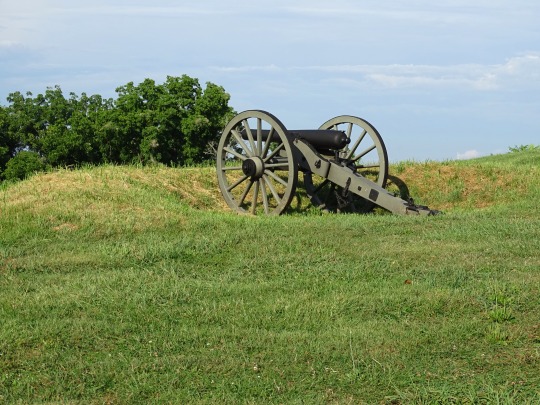
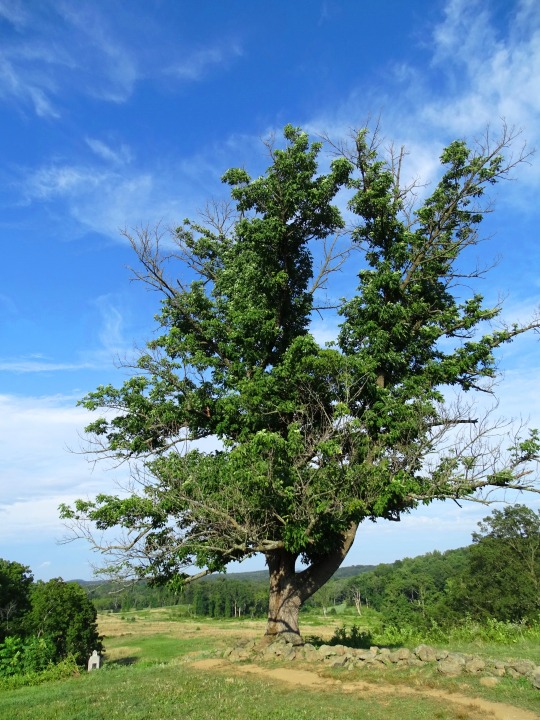


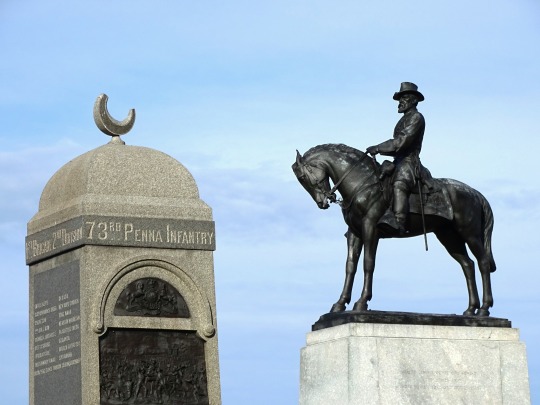
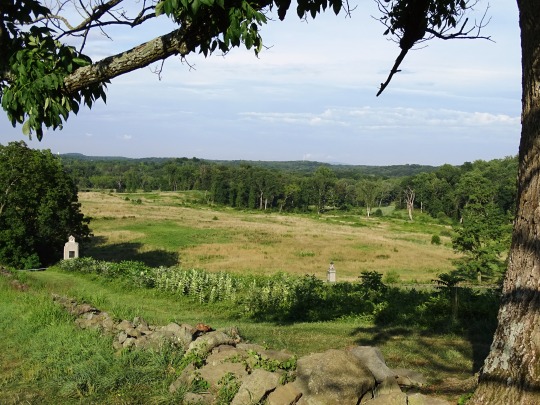




Clouds (No. 884)
Gettysburg National Military Park, PA
#Gettysburg National Military Park#farm building#architecture#field#forest#woods#nature#landscape#countryside#lawn#original photography#travel#vacation#US Civil War#American Civil War#US history#summer 2019#USA#Pennsylvania#tourist attraction#landmark#cannon#sculpture#free admission#evening light#sky#clouds
8 notes
·
View notes
